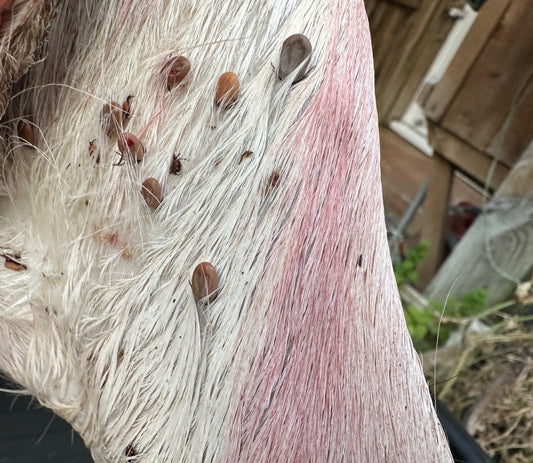In Sussex, as we move through 2024, the importance of fallow deer management has become ever more apparent to those responsible for the stewardship of the land. With fallow deer populations contributing to the natural charm of our countryside, yet presenting challenges to vegetation and agriculture, a balanced approach is essential.
Landowners, farmers, and estate managers are adopting innovative strategies to manage these challenges. Enhanced habitat management involves creating environments less conducive to fallow deer, reducing the likelihood of overgrazing. This includes planting deer-resistant crops and flora, establishing physical deterrents, and promoting understory recovery in woodlands.
Strategic fencing, while a traditional method, has been updated with less intrusive designs that blend into the landscape and provide effective boundaries to protect high-value crops and young woodlands. Meanwhile, the implementation of wildlife corridors ensures that deer can migrate naturally, reducing the risk of road accidents and maintaining genetic diversity within the population.
The collaborative efforts among landowners are a testament to the shared understanding of the importance of coordinated deer management. Regular meetings, shared resources, and unified strategies help to ensure that efforts are not just localised but have a broader impact across the region's ecosystems.
As the year progresses, the dialogue continues on how best to incorporate new research, technology, and practices into deer management plans. Sussex's land managers are committed to maintaining the delicate balance between agricultural productivity, conservation, and the intrinsic value of wildlife on the landscape. This commitment ensures that the rural charm of Sussex remains for future generations to enjoy, with a healthy and sustainable fallow deer population as a central feature.




